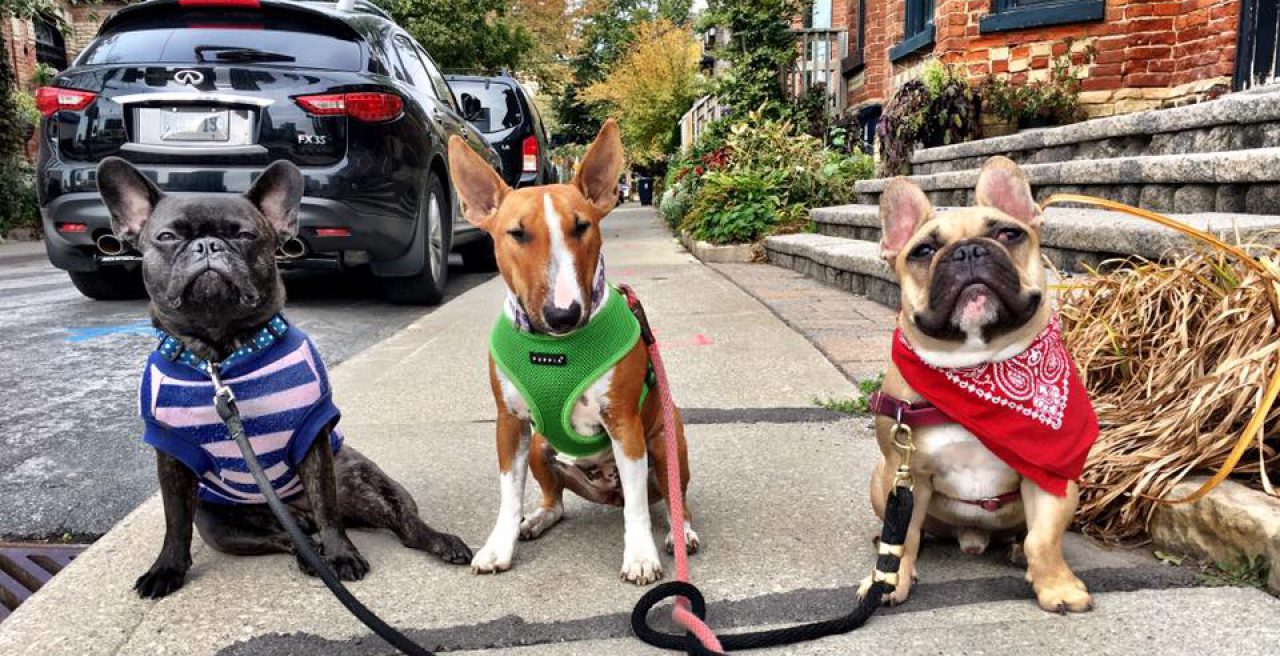HOW LONG DOES A BAG OF KIBBLE LAST ONCE IT’S OPENED?
In physical appearance, maybe 100 million years. But what about nutrition-wise?
ANSWER: 2 WEEKS, TOPS.
Yep, 14 days if you’re lucky according to Steve Brown, author and a world-renowned pioneer in the development of formulas for pet food.
Many pet owners today purchase massive bags of kibble because of the value or deals that are offered. The more kibble, the sweeter the deal.
Wait a minute! Doesn’t the small print on the bag of pet food say that this bag has a one-year best before date?
Sure it does, but this refers to when the bag is unopened. Once opened and oxygen gets to the kibble, it’s a whole new ball game! Why is this? Simply put, it’s because of a villain called “Oxidation”.
What Is Oxidation?
According to Ascenta Health: “The best way to explain oxidation is to give you the example of rust. Rust is just a generic term applied to the reddish iron oxide formed when iron reacts with oxygen in the environment. Oil, like fish, also reacts with oxygen and initiates an undesirable series of chemical reactions that eventually produces rancidity in oil.”
Oxidation occurs as soon as the oil comes into contact with oxygen from the environment. Since pet food is loaded with an array of different fats and oils, some of those fats are extremely sensitive to oxygen. Here is where the oxidization does its dirty work by making these fats go rancid.
… Don’t Manufacturers Add Antioxidants To Protect The Fats And Nutrients?
Sure, the pet food companies use antioxidants called “mixed tocopherols” to help slow down this oxidization problem, but every time the bag of kibble is opened and exposed to oxygen, eventually those antioxidants succumb to oxidization and are all oxidized. Once destroyed, problems develop.
What are the problems? Fats are damaged, starting with the more fragile omega 3 fatty acids, once damaged they become rancid. Rancid is the term used to describe oil that has spoiled or gone off.
“Rancid fish oil may increase your risk of heart disease, atherosclerosis and blood clots. When you consume rancid fish oils, your body must use its stores of antioxidants such as vitamin E to neutralize the rancid oils, leaving fewer of these resources available to your body for cellular repair and disease prevention.” – Livestrong
Animal studies using dogs and other animals show vitamin, protein, and fat deficiencies because of rancid fat. (Quackenbush F. J Am Oil Chem Soc,1945)
Studies show that frequent consumption of oxidized fats may cause cancer and contribute to many chronic health problems. – sciencedirect.com
With the cancer rates climbing to almost 1 in 2 pets, consideration should be taken here, no?
According to Doctor Karen Becker: “Many people don’t realize there’s a chemical reaction happening inside that bag of food. A reaction that is amplified if the bag sits for a long time, or in a hot environment, or sits open. […] once a bag of pet food is opened, things happen. The fats go rancid and potentially react with the synthetic metals, oxidation occurs, and there can be opportunistic bacteria, and mycotoxins to boot. We assume pet food producers know this is the case, but if they don’t collect data on it, then they can remain willfully ignorant. After all, they certainly can’t warn consumers not to open the bags of pet food they’ve purchased.”
 What About Storing Kibble In Plastic Containers?
What About Storing Kibble In Plastic Containers?
Imagine: you’re packing a breakfast for work in a small container (let’s say delicious bacon and eggs). After eating that, you use the same container, unwashed, to store lunch (how about a fresh garden salad)! Okay, you’ve eaten your lunch; it’s time to pack supper in that very same unwashed container (let’s put sushi in it this time)! I assume you’re getting my point. Imagine packing all your meals into the same container, over and over, without washing it after each use!
When the fats and oils of the kibble first hit the walls of your pet food containers, they begin to oxidize (especially in the plastic ones). Over time, the residual fats and oils that have settled along the walls and bottom of the bin start to grow rancid and develop the invisible molds that will aid in the destruction of your pet’s health.
Most of your plastic containers have tiny little microscopic pores. When these fats get trapped in them, over time, they too will also grow rancid and contaminate each new batch of food poured into the containers.
Looking For Tips On How To Enhance The Life Of Dry Food?
1.) According to Steve Brown: Buy smaller bags and try to have the food consumed within 7 days ideally.
2.) Purchase kibble without the fats and add your own fresh fat sources. For example, adding fish oil to the food at the time it’s served.
3.) If you purchase larger bags, then store it in the freezer to prevent oxidization.
4.) Don’t buy bags that are torn or damaged.
5.) If your dog or cat refuses to eat the kibble, do not force them too. They may be telling you something!
6.) Do not use plastic containers to store kibble. If you must, keep the food in it’s original bag and place that bag into the plastic container.
Remember: The long-term consumption of rancid fats for pets leads to long-term health problems for pets.





